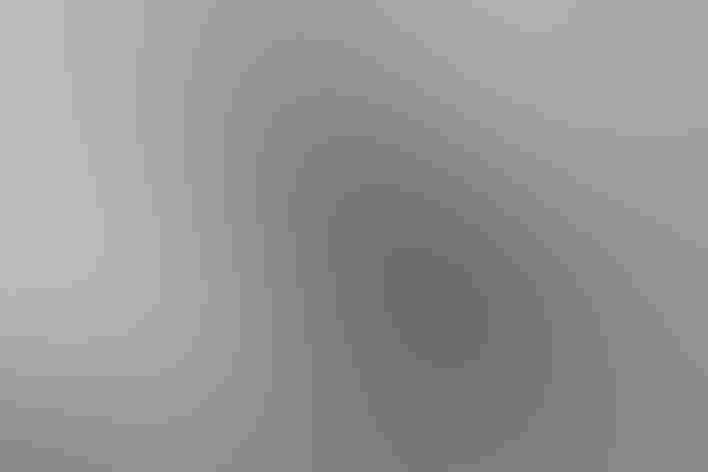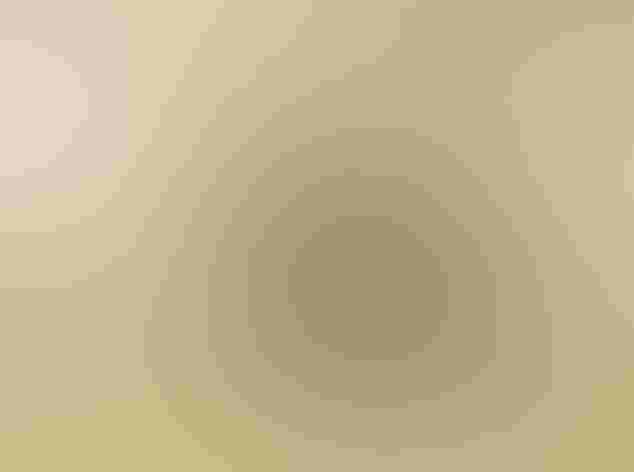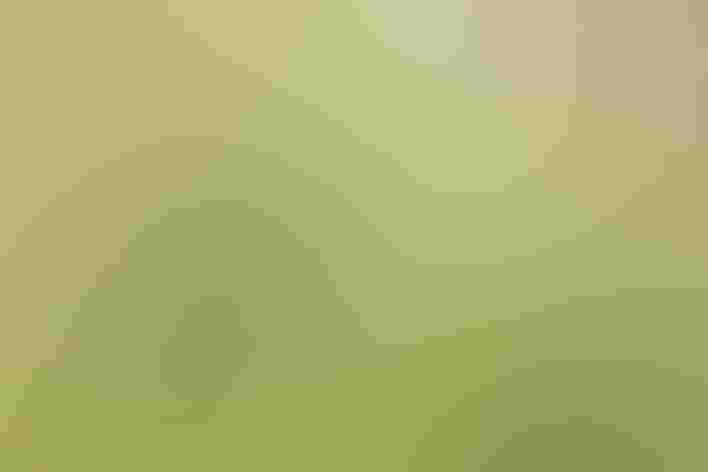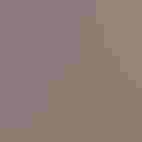Brown-headed Cowbird
At a Glance
Centuries ago this bird probably followed bison herds on the Great Plains, feeding on insects flushed from the grass by the grazers. Today it follows cattle, and occurs abundantly from coast to coast. Its spread has represented bad news for other songbirds: Cowbirds lay their eggs in nests of other birds. Heavy parasitism by cowbirds has pushed some species to the status of 'endangered' and has probably hurt populations of some others.
All bird guide text and rangemaps adapted from by Kenn Kaufman© 1996, used by permission of Houghton Mifflin Harcourt Publishing Company. All rights reserved.
Category
Blackbirds and Orioles, Perching Birds
IUCN Status
Least Concern
Habitat
Arroyos and Canyons, Desert and Arid Habitats, Fields, Meadows, and Grasslands, Forests and Woodlands, Landfills and Dumps, Shrublands, Savannas, and Thickets, Urban and Suburban Habitats
Region
Alaska and The North, California, Eastern Canada, Florida, Great Lakes, Mid Atlantic, New England, Northwest, Plains, Rocky Mountains, Southeast, Southwest, Texas, Western Canada
Behavior
Direct Flight, Flitter
Population
130.000.000
Range & Identification
Migration & Range Maps
Present all year in many southern areas. Very widespread in nesting season, localized at other times. May begin to depart from nesting areas by August or even July.
Description
6-8" (15-20 cm). Male glossy black, with contrasting brown head. Female confusing, plain dusty brown with dark, sparrowlike bill. Juvenile streaked at first.
Size
About the size of a Robin, About the size of a Sparrow
Color
Black, Brown, Green, Tan
Wing Shape
Broad
Tail Shape
Rounded, Square-tipped
Songs and Calls
Squeaky gurgle. Call is check or a rattle.
Call Pattern
Falling, Flat, Rising
Call Type
Chatter, Chirp/Chip, Hi, Trill, Whistle
Habitat
Farms, fields, prairies, wood edges, river groves. Favors open or semi-open country at all seasons. In winter often concentrates in farmland, pastures, or cattle feedlots, where foraging is easy. More widespread in breeding season, in grassland, brushy country, forest edges, even desert, but tends to avoid dense unbroken forest.
Sign up for ÃÛèÖAPP's newsletter to learn more about birds like the Brown-headed Cowbird
Behavior
Eggs
Whitish with brown and gray spots concentrated at larger end. Female may lay nearly one egg per day for several weeks, up to 40 in a season, exceptionally 70 or more. Female often removes an egg from "host" nest before laying one of her own. Known to have laid eggs in nests of over 220 species of birds, and over 140 of those are known to have raised young cowbirds.
Young
Fed by "host" parents. Develop rapidly, and leave nest usually after 10-11 days.
Feeding Behavior
Forages mostly by walking on the ground. Often associates with cattle or horses in pastures, catching the insects flushed from the grass by the grazing animals. Originally, was closely associated with bison herds on the Great Plains.
Diet
Mostly seeds and insects. Seeds (including those of grasses, weeds, and waste grain) make up about half of diet in summer and more than 90% in winter. Rest of diet is mostly insects, especially grasshoppers, beetles, and caterpillars, plus many others, also spiders and millipedes.
Nesting
A brood parasite, its eggs and young being cared for by other bird species. In breeding season, male displays by fluffing up body feathers, partly spreading wings and tail, and bowing deeply while singing. Groups of males sometimes perch together, singing and displaying. Nest: No nest built; eggs laid in nests of other birds.
Conservation
Conservation Status
Undoubtedly far more abundant and widespread today than it was originally, and having a negative impact on other species. Surveys suggest slight declines in total numbers in recent decades.
Climate Threats Facing the Brown-headed Cowbird
Choose a temperature scenario below to see which threats will affect this species as warming increases. The same ÃÛèÖAPP change-driven threats that put birds at risk will affect other wildlife and people, too.

